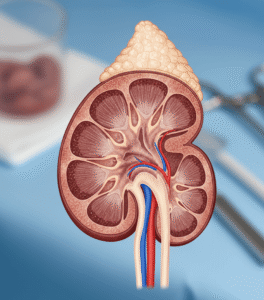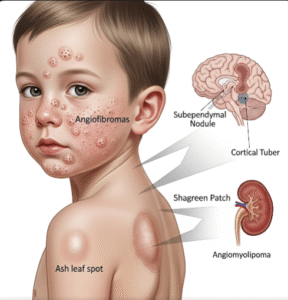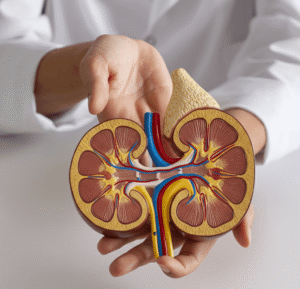Overview
Systemic hypertension, also known as high blood pressure, is one of the most common chronic medical conditions worldwide, including in South Korea. It occurs when the force of blood against the artery walls is consistently too high, increasing the risk of heart disease, stroke, kidney failure, and other complications. In Korea, hypertension is a major public health concern, but early diagnosis and treatment are widely available through advanced healthcare services.
What is Systemic Hypertension?
Systemic hypertension refers to elevated blood pressure in the systemic arteries — the vessels that carry oxygenated blood from the heart to the rest of the body. Blood pressure is measured in millimeters of mercury (mmHg) and includes two numbers:
- Systolic pressure: Pressure when the heart beats
- Diastolic pressure: Pressure when the heart rests between beats
A consistent reading of 140/90 mmHg or higher is typically diagnosed as hypertension. In Korea, updated guidelines also consider 130/80 mmHg as the threshold for stage 1 hypertension in high-risk populations.
Hypertension is often called the “silent killer” because it may show no symptoms until severe damage has occurred.
Symptoms
Most people with systemic hypertension do not experience symptoms. However, in advanced or uncontrolled cases, symptoms may include:
- Headaches (especially in the morning)
- Dizziness or lightheadedness
- Blurred vision
- Nosebleeds
- Chest pain
- Fatigue or confusion
- Shortness of breath
Causes
Hypertension can be primary (essential), where no specific cause is found, or secondary, resulting from an underlying condition. Causes and contributing factors include:
- Genetic predisposition
- High salt (sodium) intake
- Obesity or overweight
- Lack of physical activity
- Chronic stress
- Smoking and alcohol use
- Kidney disease
- Endocrine disorders (e.g., hyperthyroidism, Cushing’s syndrome)
- Obstructive sleep apnea
- Certain medications (e.g., NSAIDs, steroids, birth control pills)
Risk Factors
- Age (risk increases with age)
- Family history of hypertension
- High sodium or low potassium diet
- Sedentary lifestyle
- Excessive alcohol intake
- Diabetes or insulin resistance
- Ethnic background (East Asians, including Koreans, show increased salt sensitivity)
Complications
If not managed properly, systemic hypertension can lead to serious health problems:
- Heart disease (heart failure, angina, heart attack)
- Stroke or transient ischemic attacks (TIA)
- Chronic kidney disease (CKD)
- Retinopathy (eye damage)
- Aneurysms
- Vascular dementia
- Peripheral artery disease
Prevention
Many cases of hypertension are preventable or manageable with lifestyle changes:
- Reducing sodium intake (below 2,000 mg/day)
- Eating a healthy diet (DASH or Mediterranean diet)
- Regular physical activity (at least 150 minutes/week)
- Maintaining a healthy weight
- Avoiding tobacco and limiting alcohol
- Managing stress with techniques such as meditation or yoga
- Regular health screenings and blood pressure checks
Treatment Options in Korea
South Korea offers world-class hypertension care with a strong focus on early detection, patient education, and personalized treatment.
Diagnosis
- Regular BP measurements (home or in clinic)
- Ambulatory blood pressure monitoring (ABPM)
- Routine blood tests (kidney function, lipids, glucose)
- Urinalysis (to check for protein or kidney damage)
- Electrocardiogram (ECG) and echocardiogram
- Fundoscopic exam (eye evaluation)
Medications
South Korean hospitals follow international and national guidelines to prescribe effective antihypertensive medications, including:
- ACE inhibitors (e.g., enalapril, ramipril)
- ARBs (e.g., losartan, valsartan) — commonly used due to better tolerance
- Calcium channel blockers (e.g., amlodipine)
- Thiazide diuretics (e.g., hydrochlorothiazide)
- Beta-blockers (e.g., bisoprolol) — often used in younger or post-MI patients
Most patients require a combination of two or more drugs for optimal control.
Lifestyle Intervention Programs
Major hospitals in Korea offer structured programs, such as:
- Nutrition and dietary counseling
- Weight loss programs
- Smoking cessation clinics
- Exercise and fitness guidance
- Stress management therapy
Technological Integration
- Home monitoring apps (linked with hospital EMRs)
- AI-based predictive hypertension monitoring
- Telemedicine consultations for rural or elderly populations













